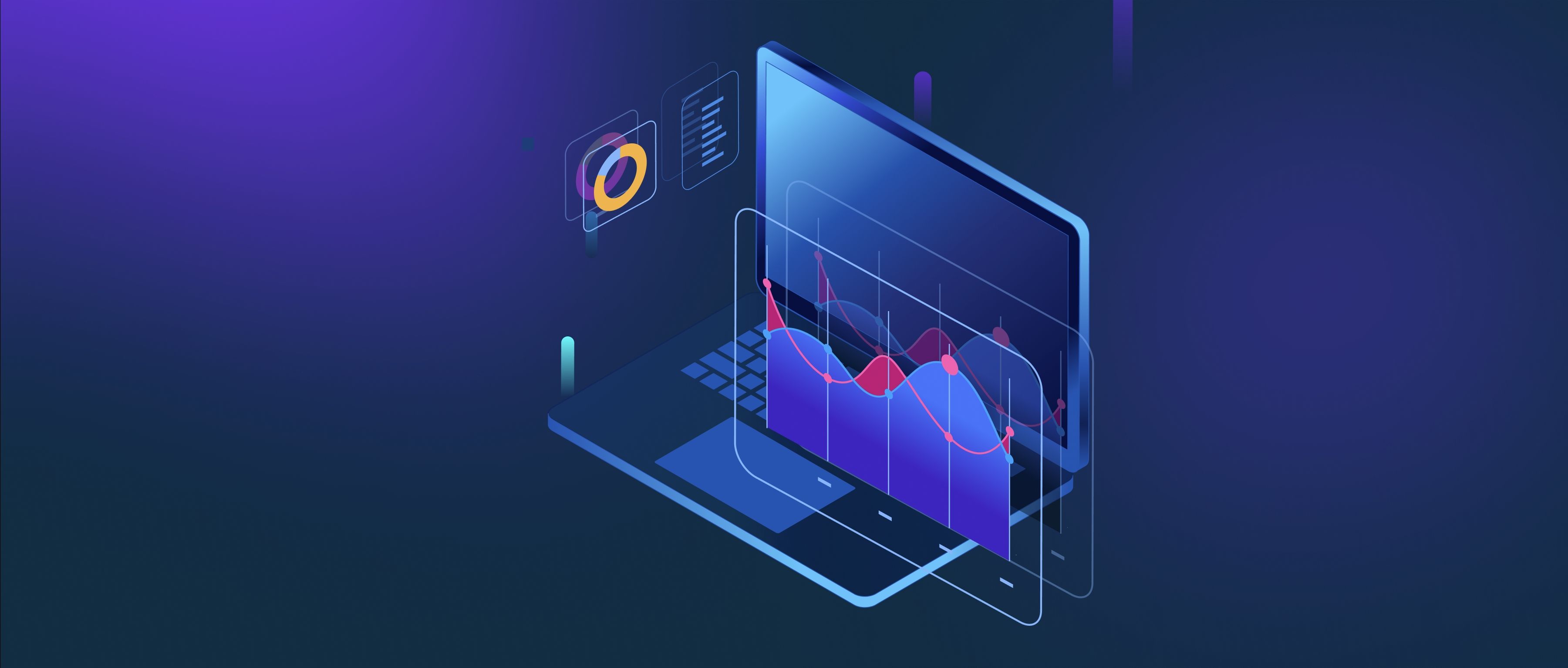Tableau and Power BI are two prominent data visualization tools used for business intelligence, but they have distinct features and approaches. Tableau is often favored for its advanced visualizations and the ability to handle large datasets. It provides a wide range of customizable visual options, allowing users to create intricate, interactive dashboards. Tableau is known for its ability to connect to various data sources and perform deep analysis without significant performance issues, making it suitable for data-heavy environments.
On the other hand, Power BI excels in its integration with Microsoft products and services. If your organization already uses tools like Azure, Excel, or SharePoint, Power BI can seamlessly incorporate these resources, enhancing collaboration and productivity. It offers a user-friendly interface that allows users to build reports and dashboards quickly without extensive training. Additionally, Power BI includes built-in AI capabilities that help in identifying trends and generating insights from data, which can be beneficial for teams that may not have data science expertise.
Cost is another area where these tools diverge. Tableau typically requires a higher upfront investment, especially for larger teams and organizations, due to its licensing structure. Power BI, however, offers a more affordable solution, especially for organizations using existing Microsoft services, as it operates on a subscription pricing model. This difference can significantly impact small to medium-sized businesses when deciding on a data visualization tool, as Power BI can provide a robust solution without a hefty price tag. Ultimately, the choice between Tableau and Power BI may come down to specific organizational needs, budget considerations, and existing technology ecosystems.
